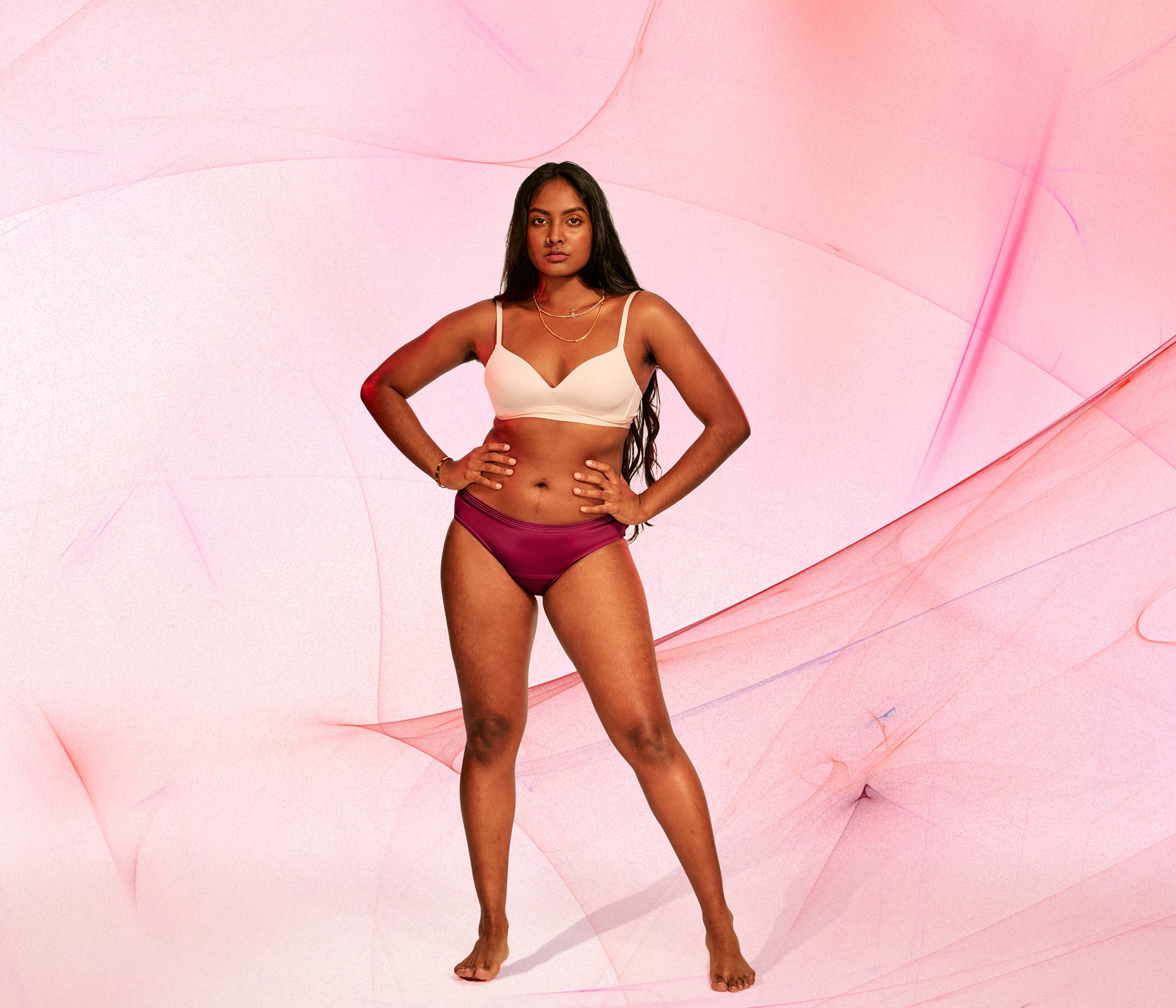5 reasons you should make the switch to period underwear
Reusable period knickers are kind to the planet and affordable too.

After starting out as a niche proposition, period underwear has gone well and truly mainstream this year, with Bodyform becoming the first global feminine hygiene brand to enter the market with its Intimawear range.
There’s now a wide variety of period pants on the market, from thongs to boy shorts, but what if you’re still sceptical about ditching pads and tampons in favour of reusable knickers?
You might be surprised to learn about some of the benefits – and not only from a sustainability perspective.
Here are five reasons you should consider giving period underwear a go…
1. Period underwear is better for the environment
First up, the eco-friendly nature of period pants is undeniable. According to the AHPMA (Absorbent Hygiene Product Manufacturers Association), around 11,000 disposable menstrual products are used in a lifetime, with 4.3 billion used in the UK each year.
That’s a lot of energy used for the production of pads and tampons, and a lot of waste going to landfill, plus – these products often end up washing up on beaches and polluting our seas. Period underwear, on the other hand, can be washed and reused for, on average, between two and five years.
2. It’s convenient
Period pants vary, but they can usually absorb several tampons or pads’ worth of blood. Depending on your flow, you can wear them all day, without worrying about having to carry around extra sanitary products (or having to awkwardly sneak them into the loo at work).
Alternatively, some people prefer to use period underwear along with a menstrual cup or tampon as an alternative to a ‘back up’ pad. Either way, you’re still reducing the amount of disposable products you use, and can wear your pants all day.
3. It’s cheaper in the long run
According to a survey by OnePoll for Intimina, the average person spends more than £4,000 on disposable menstrual products in their lifetime. It may seem like you have to initially pay more for period underwear, but in the long run – as long as you look after your knickers – you’ll be saving money.
When they were first introduced, period pants were relatively expensive, but as more brands launch their own ranges, prices are coming down. All styles in the Marks & Spencer Confidence range, for example, are priced at £12 (and currently on a four for three deal).
4. Washing is simple
With period underwear composed from a variety of fabrics, care instructions vary from brand to brand, but washing is always easy.
Some can be hand washed and air dried, while others require a cold washing machine cycle (but you don’t have to worry about them staining other items). Some require a quick rinse before throwing in the washing machine on a regular cycle. Be sure to check before you buy, to find the knickers that are most convenient for you, and always follow the instructions.
5. They look and feel good
At first, period knickers were all generally the same standard brief shape and available in any colour as long as it was black. Now, you can get all kinds of styles from thongs and Brazilian knickers, to high waist briefs and boy shorts, in variety of pretty prints and colours.
Plus, you can take your pick from a range of fabrics, including eco-friendly options like organic cotton, super-soft modal or bamboo.